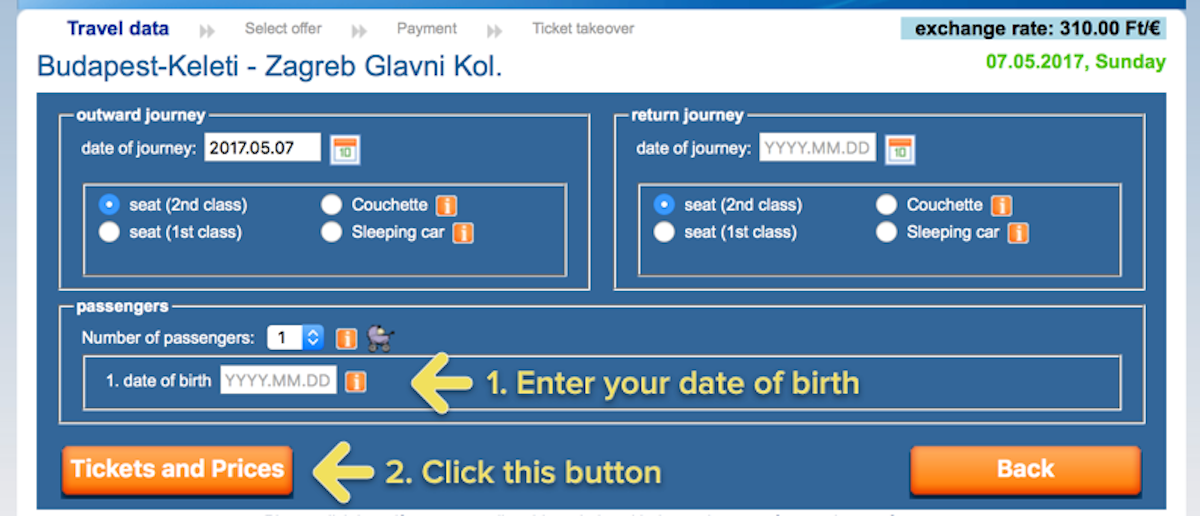

Budapest is a beautiful city. It’s so beautiful that I blew 62 of my 90 Schengen days there exploring every ruin pub, eating every lángos, and walking every inch of the riverside
Thankfully, for citizens of non-EU countries like myself, there is another beautiful city in a neighbouring country that is not currently part of the Schengen zone.
Croatia is the perfect place to spend summer, especially if you are traveling for an extended period of time and need somewhere other than the UK to wait out the days until your Schengen allowance resets. Having spent some time in Zadar and Split in 2016, I knew that this year I wanted to return to the coastline of the Adriatic sea, and Split is an excellent city to be based in.
My favourite time to be in Split is May to June, and September to October. By mid-to-late June, the city is absolutely packed full of tourists, so it’s nice to get there a little bit earlier and spend some time in the Croatian sun without having to share your beach towel with a stranger.
Transport links from Budapest to Split
There is no direct flight. From 17 June - 1 September, there are overnight trains Tue, Fri, Sun.
The rest of the year (or if you want scenery), travel to Zagreb by train and then to Split by bus.
Mid-June until September
Most of the year, there are no direct links from Budapest to Split. Things start heating up in June both literally and metaphorically, and from 17 June until 1 September1 there are overnight trains on Tuesdays, Fridays, and Sundays to cater for those wanting to spend time by the sea. These trains leave Keleti at 18:15, and arrive in Split at 07:57.
I haven’t personally travelled this route, but you can find more information at Night Trains Budapest-Split on rail.cc.
Daytime trip/The rest of the year
The countryside of both Hungary and Croatia is just beautiful, and you will miss it all if you take an overnight train. My recommendation is to take a train to Zagreb, and then a bus to Split.
Train to Zagreb
I’ve always liked traveling on trains. Most trains around Europe are quite cheap, pretty comfortable, and usually have wifi and a snack/drink bar onboard. You can even drink alcohol onboard, which is something of a novelty when you are from Australia, where authorities do not trust a person armed with a can of beer.
Timetable
You can check the timetable for your dates at the MAV-START website.
The origin of the train is Keleti, but you can also catch it from Kelenfold if you are closer to that station. Type in Keleti or Kelenfold for from, and Zagreb Glavni Kol. for to.
The best option is to catch the early train with no changes. This leaves from Keleti at 05:45 and Kelenfold at 05:59, and takes around 6 hours.
Where to buy tickets/cost
It’s not possible to buy your ticket for this train online. You have to buy it in-person at one of the international train stations –– Keleti, Kelenfold, or Deli. You will need to go to the counters, as the machines are jerks and don’t print international tickets.
The timetable results don’t show the price by default -– it requires an extra step. First, enter your date of birth, and then click the ‘tickets and prices’ button.

For an adult ticket, I paid €19.
Experience
The train itself was pretty comfortable, with seats in blocks of 4 and a table in-between. Each carriage has only a single power socket at the front and back, so you won’t get your own socket. The toilets are… train toilets. Best used for emergencies.
You’ll stop at the Croatian border a few hours in to the trip, and your passport will be checked (and stamped if you’re not from the EU) by border control. The process takes around 30 minutes.
Assuming you are sitting in 2nd class, make sure you keep an eye on your bags. Thieves are known to travel on these trains from Keleti, and we had an odd experience of our own on this trip. When we boarded the train and were placing our luggage in the overhead storage area, we noticed a group of shady-looking men watching us. One of them actually stood up to get a better look. A minute or two in to the journey, he came and sat in one of the empty seats in front of us and proceeded to glance back in our direction every now and then. We had to assume that he was waiting for us to fall asleep, so we downed the coffees we brought with us and kept our eyes open.
Apart from feeling a little bit on edge, the train ride itself was quite nice, with plenty of beautiful scenery to be seen through the windows.
Bus from Zagreb to Split
When you get off the train, you’ll need to either walk or catch a taxi to the bus stop (or Uber, which unfortunately is the easiest option). The bus station is basically a series of numbered stops, so you will need to find out which stop your bus is coming from.
There is a building with a help desk inside, or you can ask at a Tisak (one of the little convenience store booths). This is also a good opportunity to buy a SIM card, which are sold at the Tisaks. Ask for a Telekom tourist SIM card, which is €11 and lasts a week, with unlimited data.
Grab a coffee at one of the cafes by the bus stops, and wait. Relish in the feeling of being static. Soon you’ll be riding on my least favourite mode of transport: the long-distance bus.
To be honest, the bus isn’t that bad. Try to get there 15-20 minutes before departure (or longer) so you can guarantee a decent spot, and make sure that you can sit next to your travel buddy, if you have one. Ina and I got there 10 minutes before departure and would have been sitting apart, were it not for the generosity of two local lads, who surrendered their masculinity by sitting side by side so that we could do the same.
If your bus is the same as ours, it has a plug overhead for power and a seat for you to put your butt in. No bar, mall, or mariachi band.
- Dates listed are for 2017. They may be different in future years. [return]

